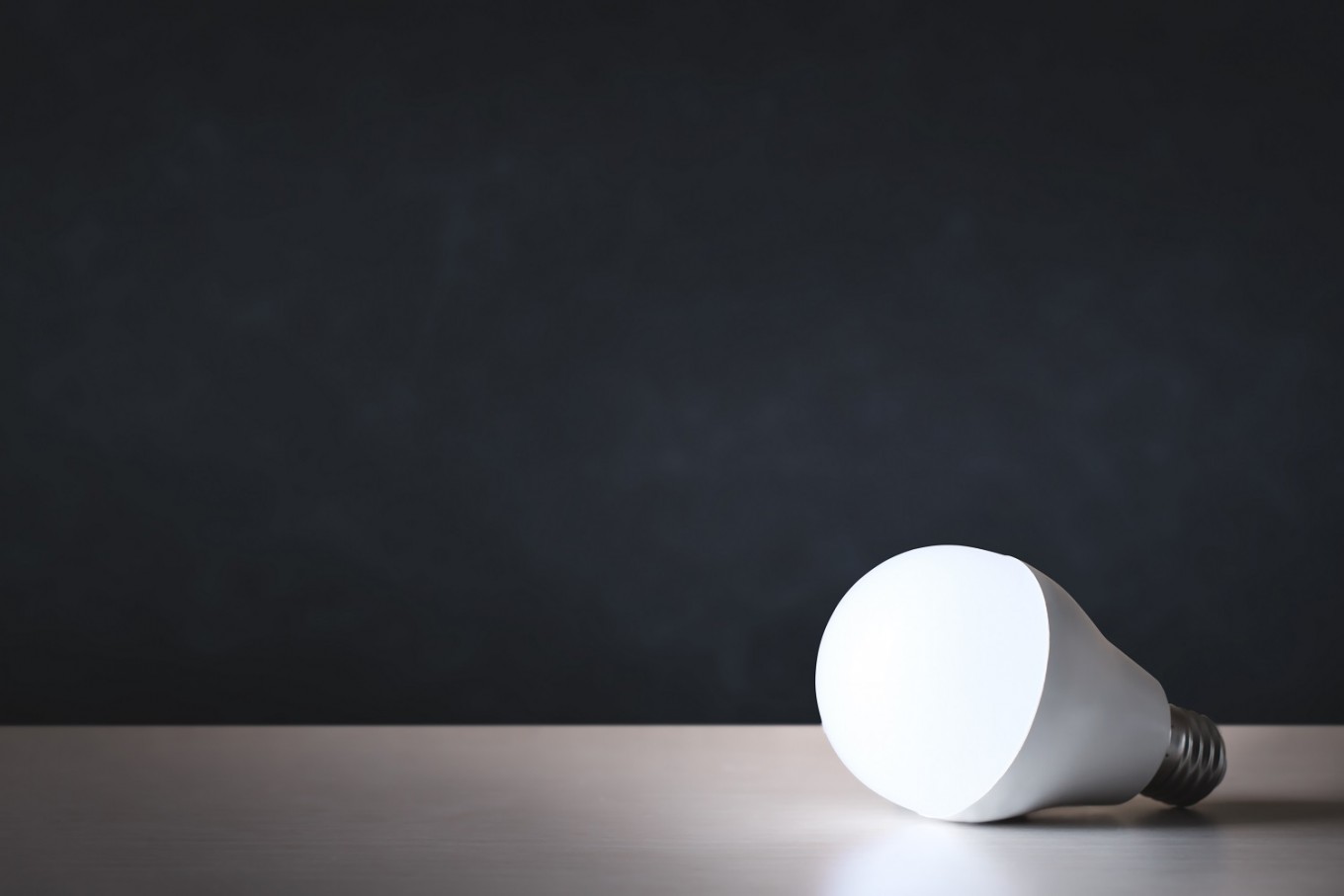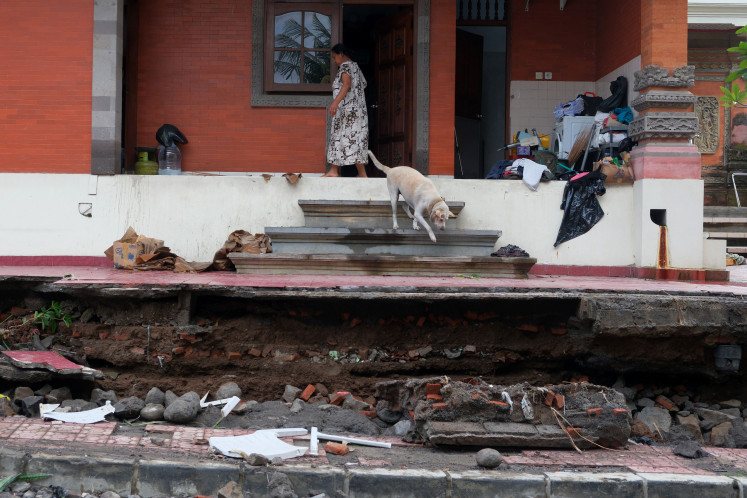Popular Reads
Top Results
Can't find what you're looking for?
View all search resultsPopular Reads
Top Results
Can't find what you're looking for?
View all search resultsLight pollution renders Jakarta's skies starless
When was the last time you saw a twinkling star in the skies above Jakarta? No, they haven't disappeared – that's just one of the effects of light pollution.
Change text size
Gift Premium Articles
to Anyone
O
ne early evening as Sesilia Gisela was heading home from her office on Jl. Sudirman to her rented house on Jl. Kebon Kacang, both in Central Jakarta, the 23-year-old who had just moved to Jakarta was shocked as she was blinded by a flash of light.
“The light came from a big LED monitor on the road opposite Sudirman Station. It passed through the window of the Transjakarta bus I was riding,” Gisela, who is originally from Makassar, South Sulawesi, recently told The Jakarta Post. “I’m used to it now, although in the first few days, it was bright enough to blind my eyes,” she said.
Many residents may have experienced similar visual discomfort while driving, walking or just hanging out on an evening in Jakarta, but they might have also become so used to such disrupting flashes that they could care less about the city's "bright lights" now.
But as Jakartans face worsening air pollution, many may not realize that the city's excessive lighting is only adding to its pollution problems on its quest toward more urbanization: light pollution.
According to light pollution map Kemayoran, Menteng, Petamburan and Senen in Central Jakarta fall under "city sky" and "inner-city sky", the two highest categories on the nine-level Bortle scale, which measures the brightness of the night sky in a specific location.
Called the Bortle Dark-Sky Scale in the original proposal American astronomer John Bortle developed the scale to help amateur astronomers evaluate the darkness of the sky above a particular observation point in 2001, based on his experience of nearly 50 years.
The Bortle scale classifies the night sky on a descending scale from 1 through 9 (darkest to brightest) according to the naked eye limiting magnitude (NELM) – that is, the minimum observable brightness of a celestial body. Each class is defined according to strict criteria involving scientific measurements and visible descriptions.


















